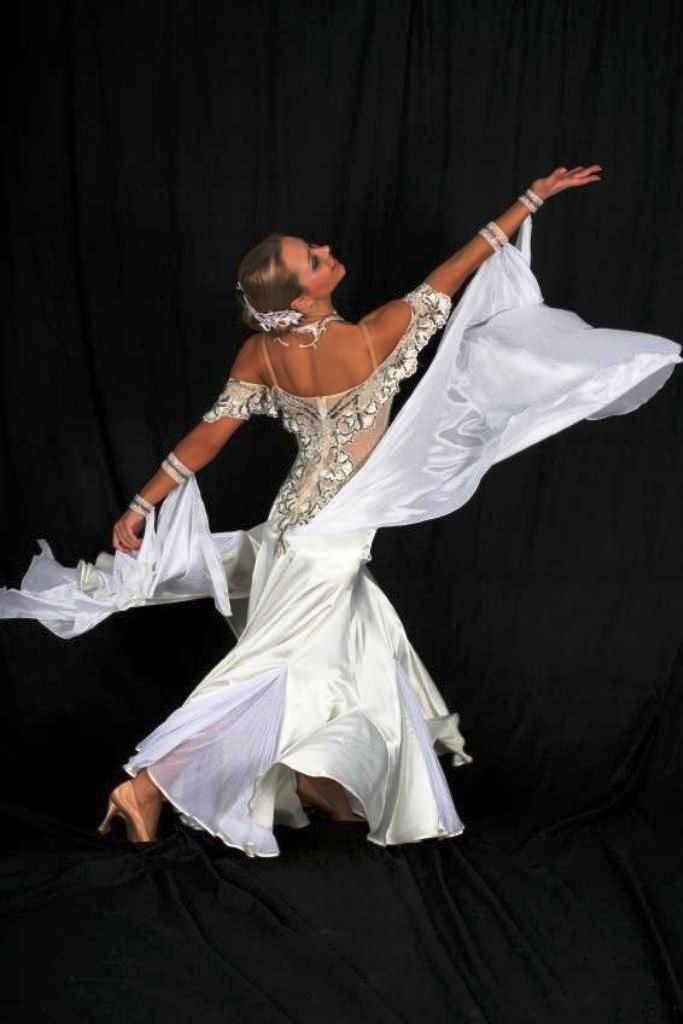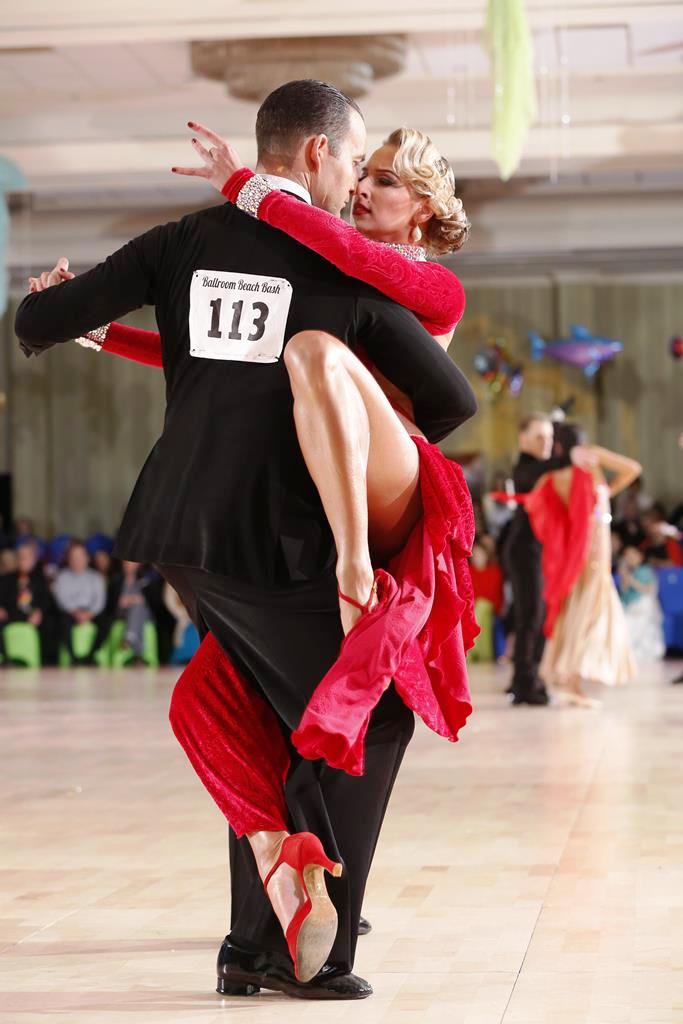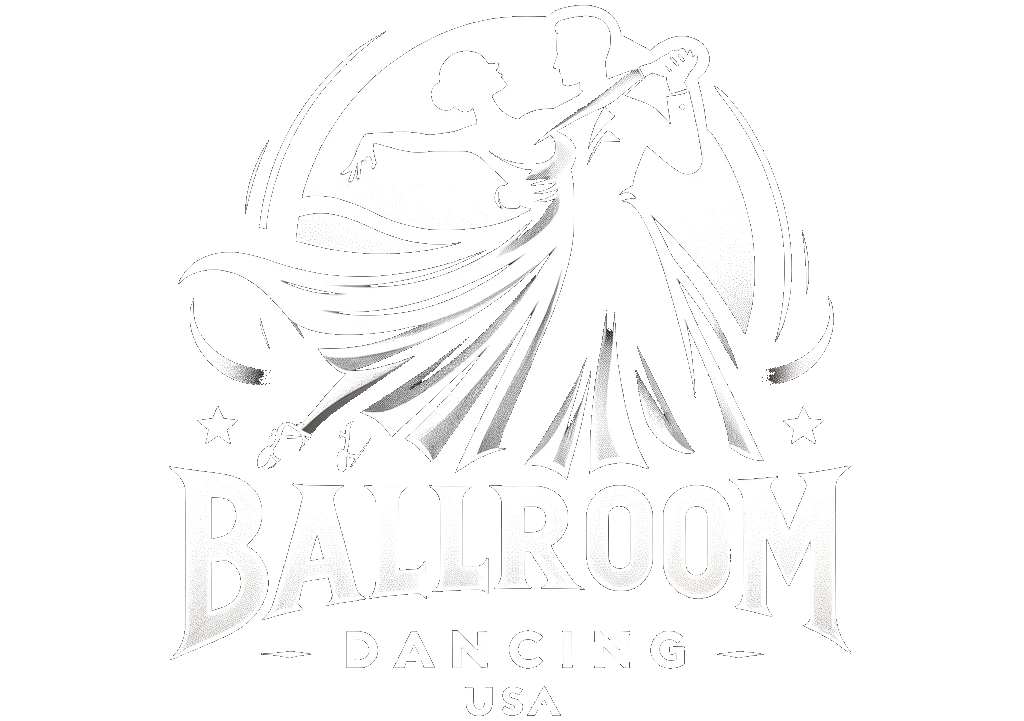
1. Introduction: What is the importance of preserving tradition in ballroom dance?
Introduction: What is the Importance of Preserving Tradition in Ballroom Dance?
Ballroom dance is a form of social dance that has been around for centuries. It is a style of dance that is both elegant and graceful, and it is steeped in tradition and culture. The traditional ballroom dances of the past are the foundation for the modern ballroom dances of today. Preserving these traditional dances is essential to keep the art of ballroom dance alive and thriving.
Preserving tradition in ballroom dance means that the steps, choreography, and etiquette remain the same from generation to generation. This helps to ensure that the classic ballroom dances are not lost in time, and that they can be enjoyed by dancers of all ages. By keeping the traditional dances alive, ballroom dancers can connect with the history of the dance, and learn about the culture and etiquette of the past.
The Art of Ballroom Dance
Preserving tradition in ballroom dance also helps to maintain the art of the dance. Ballroom dance is an art form that requires skill, technique, and poise. By preserving the traditional dances, dancers are able to learn the proper techniques and etiquette that are necessary to perform the dances correctly. This helps to ensure that the art of ballroom dance is kept alive and that the dancers can continue to enjoy the beauty and grace of the dances.
The Social Aspect
Preserving tradition in ballroom dance also helps to keep the social aspect of the dance alive. Ballroom dance is a social activity that brings people together in a fun and exciting way. By preserving the traditional dances, dancers are able to come together and share the joy of the dance with each other. This helps to create a sense of community and camaraderie among dancers.
Preserving tradition in ballroom dance is essential to keep the art of the dance alive and thriving. By preserving the traditional dances, dancers are able to connect with the history of the dance and learn the proper techniques and etiquette. This helps to ensure that the art of ballroom dance is kept alive and that the social aspect of the dance is kept alive.
2. History of Ballroom Dance in the USA: How did ballroom dancing start in the USA?
History of Ballroom Dance in the USA: How did ballroom dancing start in the USA?
Ballroom dancing in the USA can be traced back to the late 18th century, when European immigrants brought their traditional dances with them. The first formal ballroom dance in the USA was the Quadrille, which was a popular French dance. It was introduced to the US in 1790 and quickly became a popular pastime among the American upper classes.
In the early 19th century, the Waltz was introduced to the USA and quickly became the most popular ballroom dance of the era. The Waltz was followed by the Polka, a lively Bohemian dance that was popular throughout Europe. The Polka was soon followed by the Mazurka, a Polish dance, and the Schottische, a German dance.
By the mid-19th century, a variety of ballroom dances had become popular in the USA. These included the Polka, Waltz, Mazurka, Schottische, and Quadrille. The American version of the Waltz, known as the Virginia Reel, was also popular.
In the late 19th century, the Foxtrot, Tango, and Rumba were introduced to the USA. These dances quickly became popular among the American public, and they remain popular today.
The Influence of Ballroom Dance in the USA
Ballroom dancing has had a major influence on American culture. It has been featured in popular films, television shows, and musicals, and it has inspired a variety of dance styles, such as the Lindy Hop and the Jitterbug. Ballroom dancing has also been used to promote physical fitness and health, as well as to foster social interaction.
3. Types of Ballroom Dance: What are the traditional styles of ballroom dance?
Types of Ballroom Dance: What are the Traditional Styles of Ballroom Dance?
Ballroom dance is a broad term that encompasses many different styles of dance. Each style has its own unique characteristics, music, and steps. Here are some of the most popular traditional styles of ballroom dance:
Foxtrot
The Foxtrot is a smooth, progressive dance that is characterized by its long, sweeping steps and graceful turns. The Foxtrot is usually danced to music in 4/4 time.
Waltz
The Waltz is a romantic and elegant dance that is characterized by its rise and fall movement and its slow, graceful turns. The Waltz is usually danced to music in 3/4 time.
Tango
The Tango is a passionate and fiery dance that is characterized by its sharp, staccato movements and its dramatic pauses. The Tango is usually danced to music in 2/4 or 4/4 time.
Viennese Waltz
The Viennese Waltz is a fast-paced and energetic dance that is characterized by its quick, spinning turns and its rapid footwork. The Viennese Waltz is usually danced to music in 3/4 time.
Quickstep
The Quickstep is a lively and upbeat dance that is characterized by its quick, syncopated footwork and its fast-paced turns. The Quickstep is usually danced to music in 4/4 time.
4. Benefits of Preserving Tradition: What are the benefits of preserving traditional ballroom dance styles?
Benefits of Preserving Tradition
Preserving Cultural Heritage
Preserving traditional ballroom dance styles helps to keep alive the cultural heritage of the United States. Ballroom dance has been an integral part of American culture for centuries, and its preservation ensures that its history and legacy will continue to be passed down from generation to generation.
Maintaining Authenticity
Preserving traditional ballroom dance styles also helps to maintain the authenticity of the art form. Without preservation, styles can become watered down or lost entirely. By keeping the traditional forms alive, dancers can ensure that the dances they learn and perform are as close to the original as possible.
Creating Connections
Preserving traditional ballroom dance styles also helps to create connections between generations. By passing down the dances from one generation to the next, dancers can stay connected to their cultural heritage and share it with others. This helps to keep the art form alive and vibrant.
Promoting Education
Finally, preserving traditional ballroom dance styles helps to promote education about the art form. By teaching the traditional dances and passing on the history and culture behind them, dancers can help to educate others about the importance of ballroom dance. This can help to ensure that the art form continues to be appreciated and celebrated for generations to come.
5. Challenges of Preserving Tradition: What challenges do dancers face in preserving traditional ballroom dance styles?
Challenges of Preserving Tradition: What challenges do dancers face in preserving traditional ballroom dance styles?
Preserving traditional ballroom dance styles can be a challenge for dancers in the USA. Many of the traditional ballroom dances originated in Europe, and the styles have changed over time. As the popularity of ballroom dancing has grown in the USA, the dances have been adapted to the American culture and style.
Lack of Access to Traditional Instructors
One of the biggest challenges for dancers in the USA is the lack of access to traditional ballroom dance instructors. While there are many experienced teachers in the USA, the majority of them specialize in the Americanized versions of the dances. This means that dancers in the USA often have to travel to Europe or other countries to get access to traditional instructors.
Cost of Learning
Another challenge for dancers in the USA is the cost of learning traditional ballroom dance styles. Traditional classes are often more expensive than Americanized classes, and the cost of travel to find traditional instructors can add up quickly.
Lack of Traditional Dance Venues
The lack of traditional ballroom dance venues is another challenge for dancers in the USA. Many of the traditional dance venues in Europe have closed down or been converted to Americanized styles. This means that dancers in the USA have to search for alternative venues in order to practice traditional styles.
Difficulty of Finding Partners
Finding partners for traditional ballroom dances can be a challenge for dancers in the USA. Many of the traditional dances require a partner with a similar level of skill and experience, which can be difficult to find in the USA.
Difficulty of Learning Traditional Steps
Finally, learning the traditional steps of ballroom dances can be a challenge for dancers in the USA. Traditional steps are often more complex and require more practice than Americanized steps. This makes it more difficult for dancers in the USA to learn the traditional steps.
6. How to Preserve Tradition: What steps can dancers take to preserve traditional ballroom dance styles?
How to Preserve Tradition: What steps can dancers take to preserve traditional ballroom dance styles?
Preserving traditional ballroom dance styles is an important part of keeping the art form alive and vibrant. Here are some tips for dancers to help preserve the beauty of these classic dance styles:
1. Learn the Basics
The first step to preserving traditional ballroom dance styles is to learn the basics. Take classes to learn the fundamentals of the style, such as correct posture, footwork, and turns. This will ensure that the steps are done correctly and that the style is preserved.
2. Practice
Once the basics are learned, practice the steps. This will help to ensure that the steps are done correctly and that the style is properly preserved.
3. Attend Competitions
Attending competitions is a great way to stay up-to-date on the latest styles and techniques. This will help to ensure that the traditional dance styles are not forgotten.
4. Participate in Workshops
Participating in workshops is a great way to learn new steps and techniques. This will help to ensure that the traditional styles are kept alive and that new variations are created.
5. Support Local Dance Studios
Supporting local dance studios is a great way to help preserve traditional ballroom dance styles. By attending classes and participating in events, dancers can help to keep the style alive and vibrant.
6. Share Your Knowledge
Finally, dancers should share their knowledge with others. Teaching the basics to new dancers and passing down the traditional steps to the next generation is a great way to ensure that the dance styles are preserved.
7. Conclusion: Why is it important to preserve traditional ballroom dance styles?
Conclusion: Why is it Important to Preserve Traditional Ballroom Dance Styles?
Traditional ballroom dance styles are an important part of our cultural heritage. They represent a unique form of expression, a way of connecting with our past and with each other. They have been around for centuries and are still enjoyed by many people today.
Preserving traditional ballroom dance styles is important for several reasons. For one, it helps to preserve the unique and beautiful art form that is ballroom dancing. Traditional ballroom dance styles are also a great way to connect with our cultural heritage and to celebrate our shared history.
Additionally, traditional ballroom dance styles can provide a great way to exercise, socialize, and have fun. They can help to improve coordination, balance, and flexibility, while also providing a great opportunity for socializing with friends and family.
Finally, preserving traditional ballroom dance styles can help to ensure that future generations can continue to enjoy this unique form of expression. By preserving the art form, we can ensure that the beauty and grace of ballroom dancing will live on for many generations to come.
In Summary
Preserving traditional ballroom dance styles is important for many reasons. It helps to preserve the unique and beautiful art form, to connect with our cultural heritage, and to provide a great way to exercise, socialize, and have fun. By preserving these traditional styles, we can ensure that the beauty and grace of ballroom dancing will live on for many generations to come.





